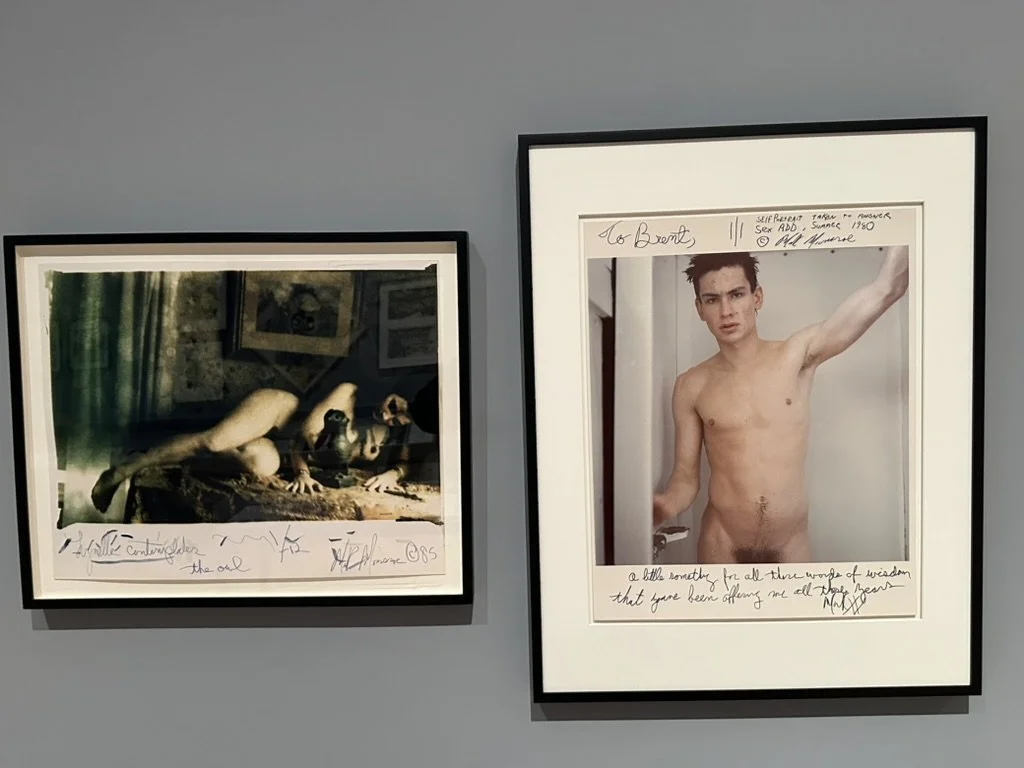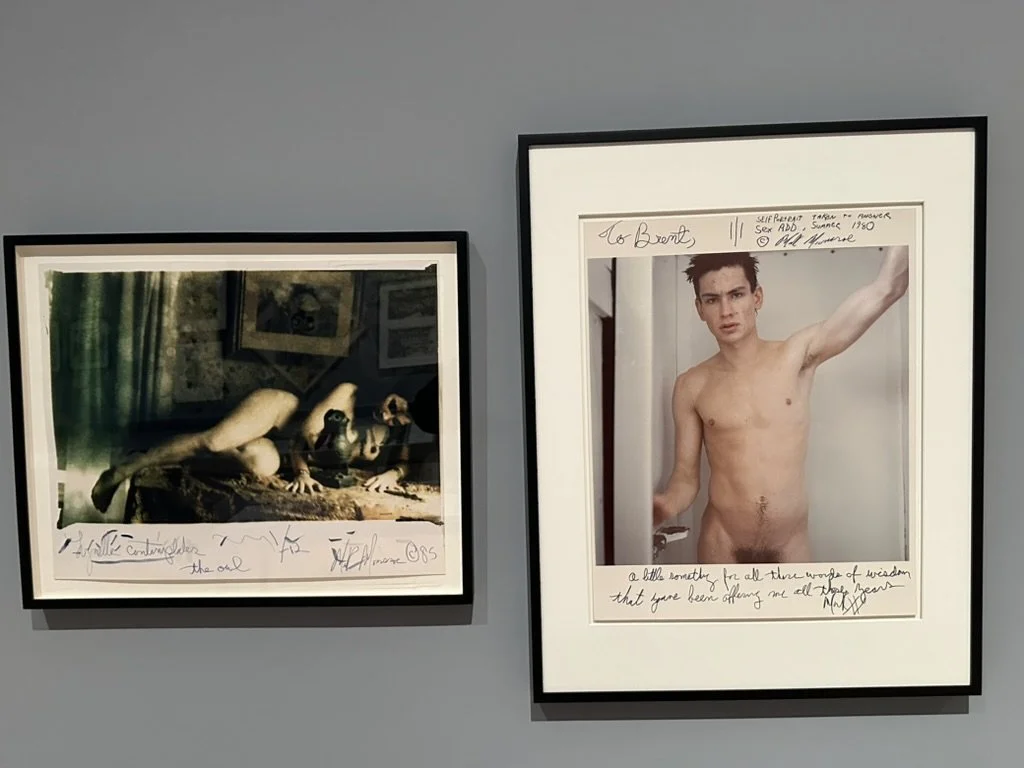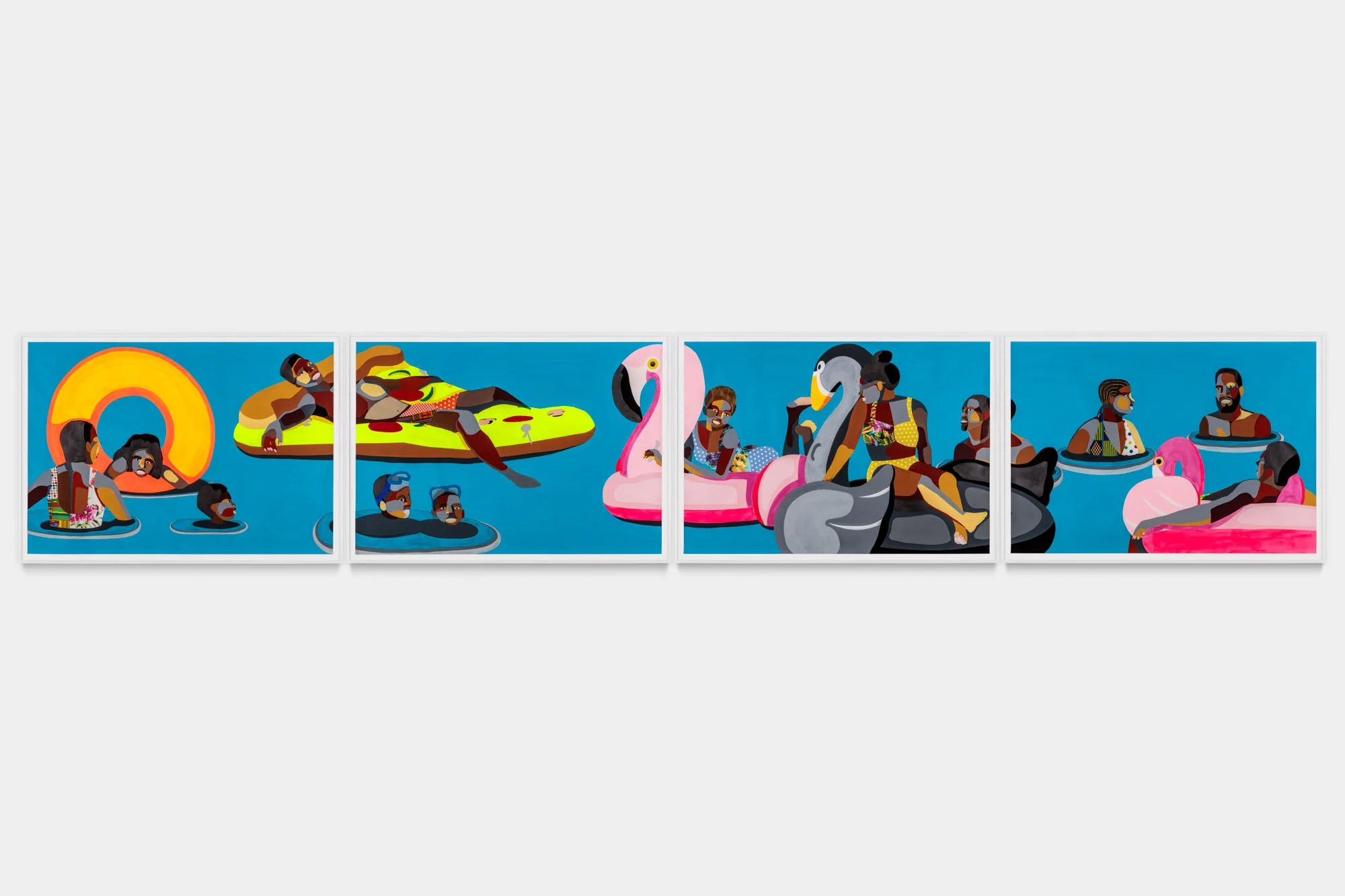Copy Machine Manifestos: Artists Who Make Zines | Brooklyn Museum
Mark Morrisroe, Lynette Contemplates the Owl, 1985. Chromogenic print, negative sandwich, retouched with ink and inscribed with marker, CLAMP, New York
Mark Morrisroe, Self-Portrait (to Brent), 1982. Chromogenic print, negative sandwich, retouched with ink and inscribe with marker, Whitney Museum of American Art, New York
Written by Trip Avis
Since their surge in popularity in the early 1970s, zines have been a sounding board for the disenfranchised. The medium has provided a platform for various dynamic artists, writers, photographers, and thinkers on the fringes of society. Despite their occasionally sensational and lurid content, zines are underscored with wholesome purpose: to inspire a sense of community, foster human connection, spread free thinking, and celebrate the beauty of being different within the confines of an oppressive, one-size-fits-all mainstream. With the ease and affordability of photocopy machines, zine creators could spread their artwork and messages with unimaginable scope and influence.
While many more prominent budget publications promote strait-laced, hindering notions of art, beauty, fashion, and culture, zines fly in the face of these societal expectations. They subvert these notions while empowering and championing the voices of individuals who pridefully fall outside the status quo—subcultures and movements like punks, queercore, dadaists, and Riot Grrrl. The first exhibition to explore zine culture through a historical lens, Copy Machine Manifestos: Artists Who Make Zines, was displayed at the Brooklyn Museum between November 17, 2023, and March 31, 2024.
Given their origins in connecting fandoms and promoting facets of pop culture, it is no surprise that some zines had decidedly meta or self-referential characteristics. Operating in the Correspondance Scene (1969-1980), pseudonymous Canadian artist Anna Banana founded Vile, called “the glossiest of the dadazines.” The logo for Vile is instantly recognizable: the white block letters encased in red recall Life magazine. However, Banana’s logo appropriation was a step further removed from the mainstream, instead parodying the Canadian publication File by the Toronto artist collective General Idea.
General Idea, File “magazine,” no. 1, 1972. Offset magazine, Collection Philip Aarons and Shelley Fox Aarons
While File’s cover bears a relatively benign image of someone cosplaying Planters’ Mr. Peanut, Vile is brash and punk, as exemplified by images like an aroused Jimmy DeSana, a provocative New York-based artist, pretending to hang himself. The combination of the logo, which recalls an esteemed publication like Life, and the photograph of DeSana is both jarring and unforgettable.
Photographer Mark Morrisroe was a leading figure in the queercore movement, which gained traction in the early 1980s as a subcategory of the punk scene. In high school, Morrisroe and collaborator Lynelle White began work on Dirt. This zine blended a brash punk sensibility with soapy gossip rags about celebrities. Morrisroe often utilized the sandwich print method of layering negative prints, seen in provocative images like Lynelle Contemplates the Owl, 1985. The photograph depicts a nude White lounging over an owl sculpture on a table. Her dark hair blends with the shadows of the room and the silhouette of her body. The negative print renders White’s skin a pallid, ghostly shade, contrasting the sculpture and her surroundings. The layered composition gives the image an askew, lenticular effect.
The 1982 self-portrait of Morrisroe, Self-Portrait (to Brent), blends vulnerability and wry confidence. Likely an amorous token to a lover or mentor named Brent, Morrisroe stands in the shower, his lean body bent slightly in contrapposto. The strong homoerotic imagery suggests Michaelangelo’s David for the punk era. As with the image of Lynelle White, Self-Portrait is framed with handwritten penmanship, indicating the image’s cheeky purpose: “a little something for all the words of wisdom that you’ve been offering me all these years.”
Tommy Turner and David Wojnarowicz, Untitled (Ghost Photos) 1983. Gelatin silver prints, P·P·O·W Gallery, New York
Tommy Turner and David Wojnarowicz collaborated on 1983’s Untitled (Ghost Photos), a photographic series shot at a night-shrouded cemetery. The team utilizes a double-exposure method: the images have a striking multi-toned composition of inky black, luminous white, and gray coloring. Ghost Photos combines shots of moonlit gravemarkers and shrubbery overlaid with a spectral male subject—he appears to float, semi-translucent, in the foreground. This collaboration would go on to inspire aesthetic elements of their zine Redrum, which featured morbid yet striking imagery and lurid subject matter like the Son of Sam killings and teenager Ricky Kasso, who gained notoriety in the mid-1980s for his participation in a ‘Satanic’ killing on Long Island.
Zines are a DIY exercise in the freedom of self-expression. The niche originality of the medium is the antithesis of the glossy mainstream publications we often think of when we think about magazines. These qualities carry over to the photography that graces the lo-fi, handmade pages, ranging from the ethereal to the profane but never lacking individuality and confidence in the artistic vision.










